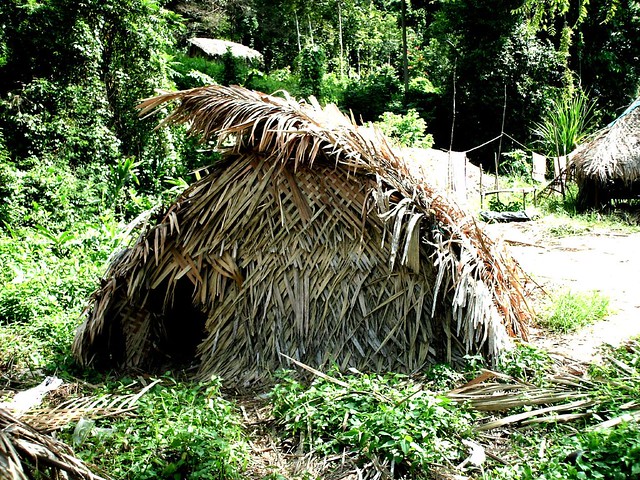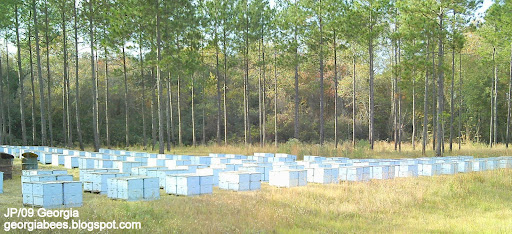REDWOOD
Queen Bee
- Joined
- Oct 17, 2009
- Messages
- 8,381
- Reaction score
- 93
- Location
- swansea south wales
- Hive Type
- 14x12
- Number of Hives
- 10
No good trying to keep Jack in a box either
Sent from my iPhone using Tapatalk
Sent from my iPhone using Tapatalk




















































